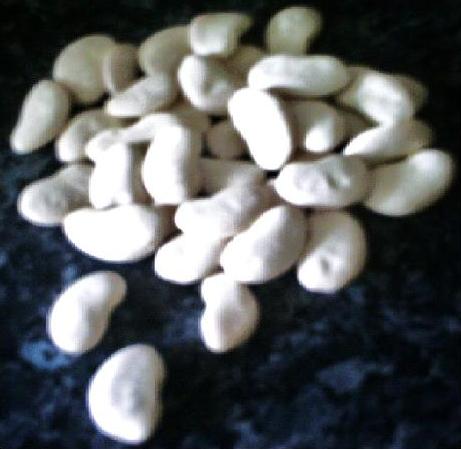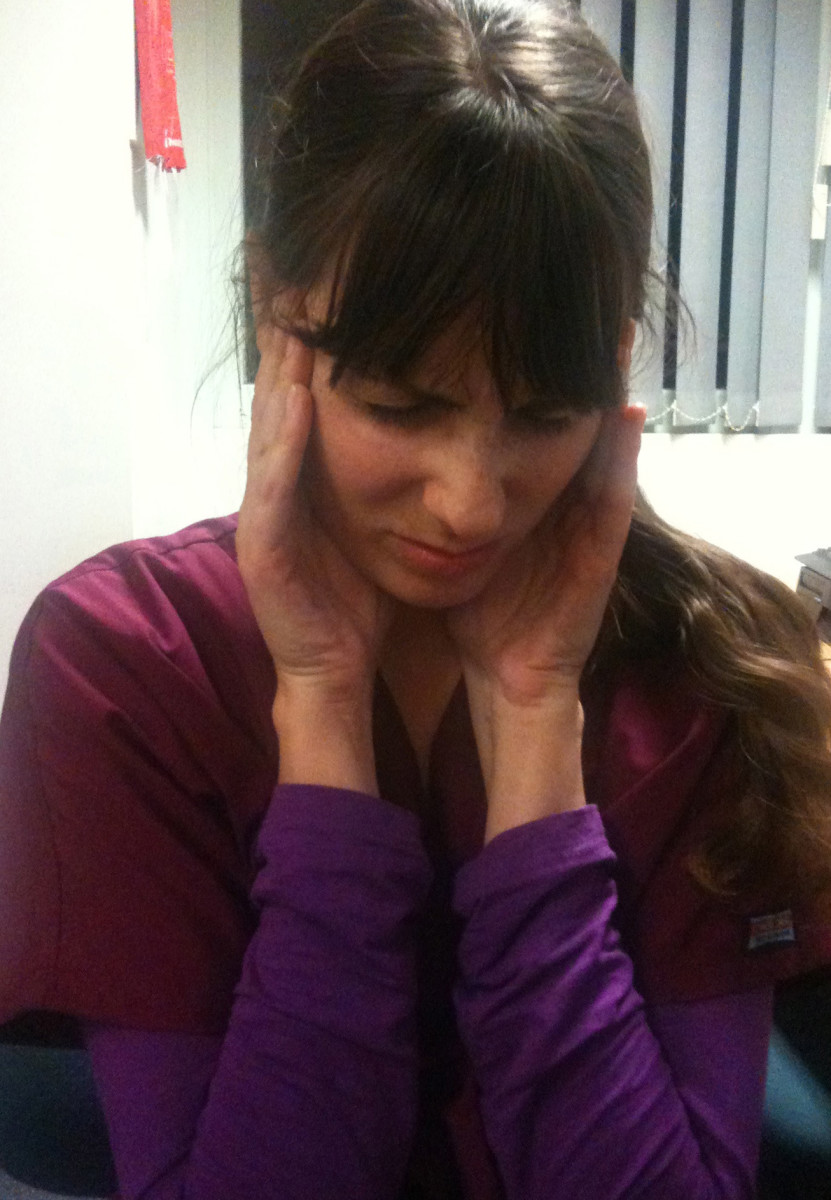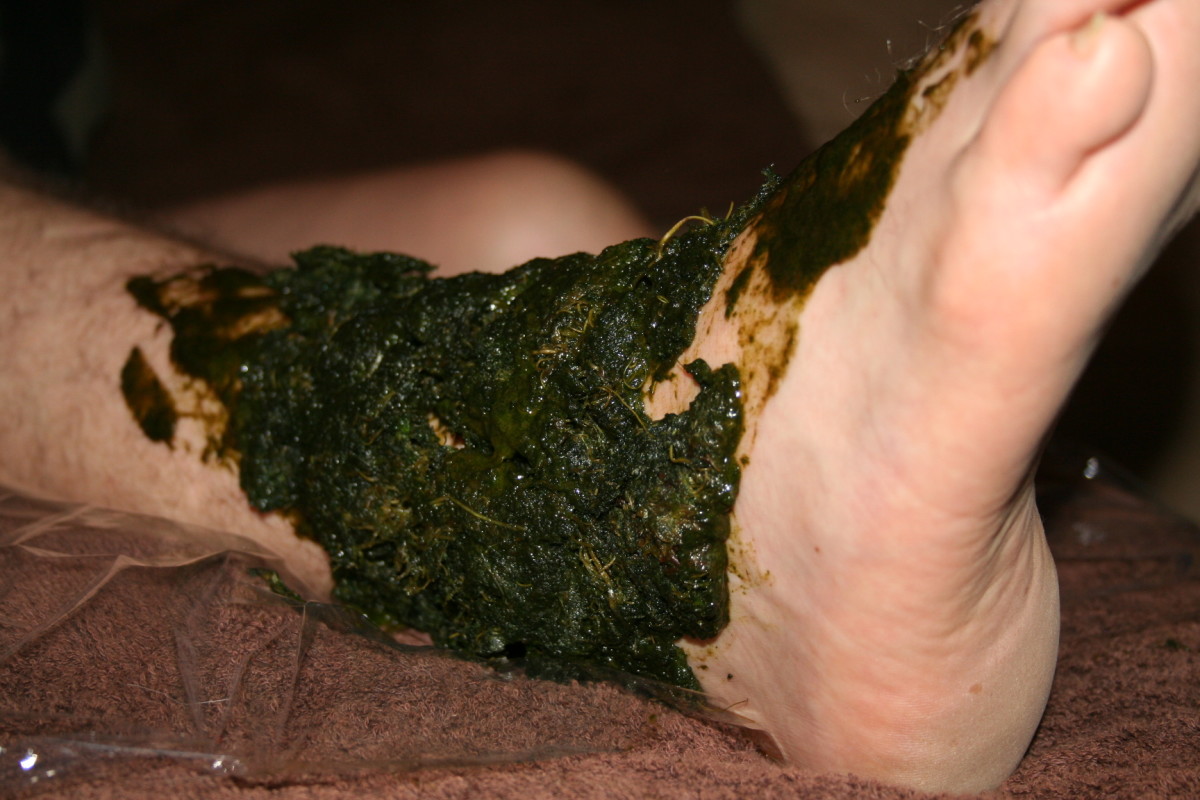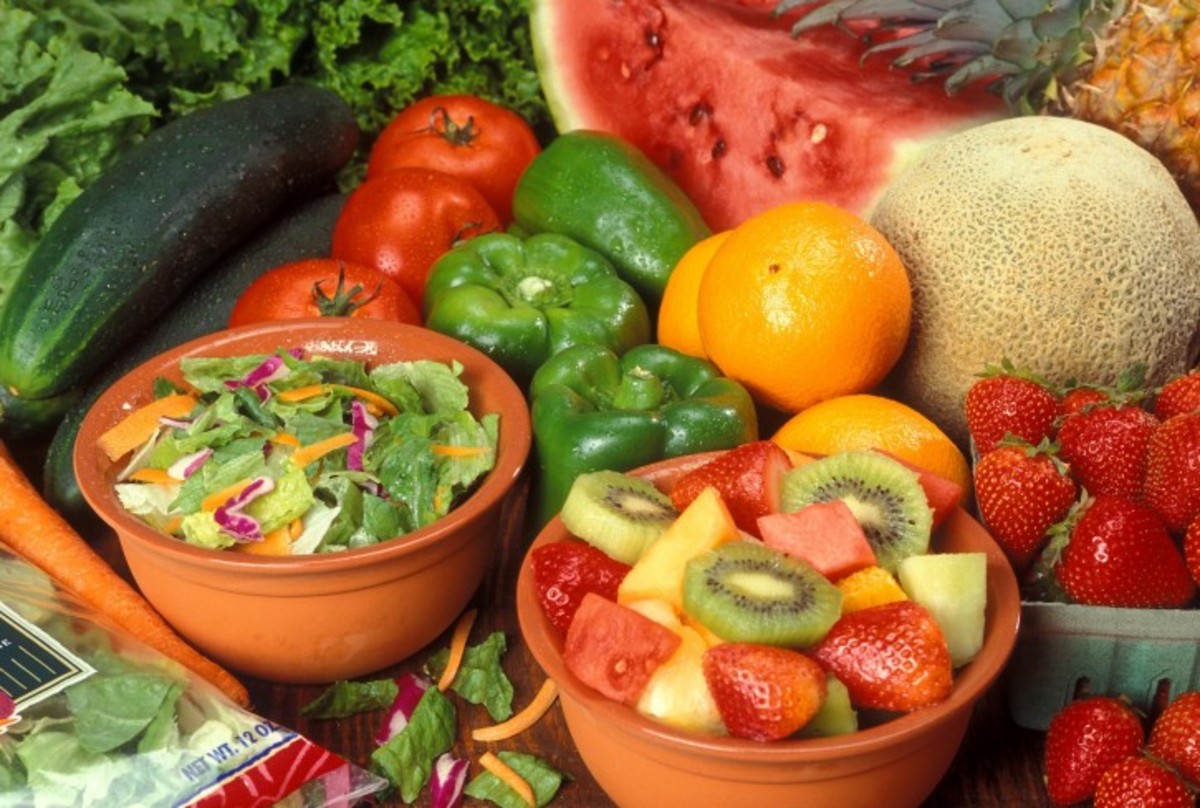Ideas for natural home remedies.
Healing at home.
The tradition of the home remedy is as diverse as it's history, it can be viewed in a number of ways, depending on the origin of the remedy, time of reference and comparable medication.
For instance in the UK, conventional western medical practice as we know it today, has only been the common and the now widely accepted forms of treatment since the 18th century. When we compare this to other established traditions, such as farming we can see just how much it is still in it's infancy.
Passing family or local knowledge down through the generations, sharing information, opinions and experiences, is not only how we come to know about home remedies now. But is also the bases of the current mainstream medical system, home remedies heavily contributing to how it has developed and is still influencing what it is yet to become. The history of the home remedy is also the history of conventional medicine, not only here in the UK, but in almost all other countries and cultures.
Before such things as the NHS and local GP's, professional medical help was either difficult to find, expensive or unreliable. There was a time of course, when we without a regulatory body for medicine or medical practice. Doctors even with all the best of intentions were at worst misguided armatures and at best cautious or vaguely accurate. Especially if you were dealing with travelling sales man, selling something that was claimed to be a miracle cure but was more often then not, just an unsubstantiated ploy to make a fast buck. Therefore many would turn to their own ideas or guesses at treatment. Using commonly stocked items or easily obtainable one's from the home or garden.
The foundations of health awareness and healing were traditionally founded on what could be sourced, long before the Internet and even prier to cross continental trading, available ingredients were limited to where you lived geographically and the options available to you, alongside the ability to posses any goods required or desired.
Experimentation, luck and combined accumulative knowledge, lead to all kinds of weird and wonderful concoctions. Treating and hopefully healing all manner of complaints, disease's, disabilities, illnesses and afflictions. Some have subsequently been proved to be very effective, some are still being researched, where as others have been long forgotten or strongly disproved.

Going from strength to strength.
Home remedies are experiencing a huge re-emergence, shaking the image they once had as ineffective old wives tales. This in part is due to the current medical system, our busy lifestyles make it difficult to to find time to see our local GP and then when we do, they don't often have very much time for us. The allotted 5 minute slot doesn't allow us much time to fully explain our health issue. Then on the other hand we may have a minor problem that we feel is not worth wasting the doctors time with and think it preferential to treat ourselves, with home made or herbal remedies.
another reason for home remedies recent increase in popularity comes from scientific developments, we can now pinpoint exactly what is contained within plant's, herbs and foods, along with precisely what benefits they have. What once depended on luck and an educated guess can now be proved and explained by identification and supportive data.
We are also seeing the detrimental effects of progression and artificial consumption. Encouraging us to move ever closer to nature and natural solutions. The following are some natural home remedies that are effective, with a little about the science behind how and why they work.
Clove.
Has been used by dentists for many years, it contains a compound called eugenol and has anaesthetic properties. Clove numbs the pain from toothache and can tackle bad breath. Is antinflammetory, an antioxidant and antibactirial, helping with the fight against infection.
Prune.
Eating prunes are good for the skin, will help to lower your cholesteral and feeds good bacteria in the intestine. Prunes are rich in fibre and will help aide the digestive system. A gentle, effective natural home remedy, with claims to have anti-cancer properties. Prunes regulates the digestive system
Curly endive.
Has detoxifying and anti-inflammatory properties. Is tonic for the gallbladder and liver, it's diuretic actions help to eliminate toxins by increasing the bodies ability to urinate more frequently. Contains Intybin stimulating appetite and preparing the digestive system. Also protects the heart and is good for the skin.
Ginger
Increases detoxification by increasing sweat and is scientifically recognised as a cure for nausea. Making it ideal for those who suffer from travel sickness and helps pregnant women deal with morning sickness. A cure for indigestion and the pain of arthritis, has anti-inflammatory and anti-bacterial properties. Is an antioxidant and protects the heart. Drink it peeled, crushed and with hot water.
Peppermint.
A very popular home remedy, regulates intestinal movements, relieves digestive upsets quickly and effectively. Has antibacterial properties and sooths the burning pain of indigestion as well as relieving wind. Is able to prevent muscle spasm, helping with IBS (irritable bowl syndrome) and the abdominal cramp that is often experienced during a painful period.
Sea Vegetables.
Helps keep you mentally alert and is good for emotional health. Alleviates stress, stabilizes mood and is packed with iron to provide energy. Contains Iodine to aid thyroid function, helps to combat depression and tiredness. Seaweed contains phytonutrients called lignans which are a gentle form of hormone replacement therapy. Helps to aide sleep, prevent leg cramps and restlessness.
Olive.
The vitamin E contained in olives, helps to reduce the severity of hot flushes. They are believed to ease the pain of arthritis. An excellent source of mono saturated fats and polyphends, helping to lower the risk of colon cancer and heart disease by protecting cells from damage.
Cherry.
Cherries supply the body with boron believed to prevent loss of bone density. They are rich in anthocyanin, which works to combat muscle and joint pains. They also have anti-inflammatory properties and contain melatonin aiding sleep. Flavonoids that reduce the risk of cancer and protect the heart.
Flax seed.
Or better known as linseed, is one of the richest sources of Omega-3 helping to combat psychological health problems by aiding the nervous system and mind. Flax seed is especially effective in women over the age of 35. It has shown to be affective in the production of hormones and other chemicals. Helps to ease PMS (premenstrual syndrome) malfunctioning thyroid, insomnia, hot flushes and mood swings.
Thyme.
Sooths bloating and IBS (irritable bowl syndrome) as the oil is antispasmodic. As well as containing antiseptic properties for healing infection of the respiratory tract. This helps to ease such conditions as laryngitis, whooping cough, bronchitis and asthma. With high levels of thymol and anti-fungal effects, can be used to treat fungal skin infections and fight candida.





